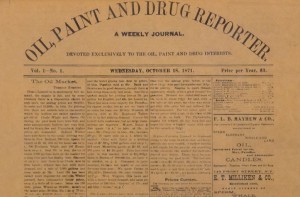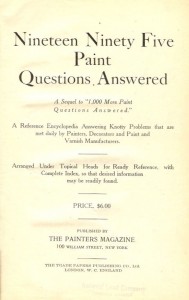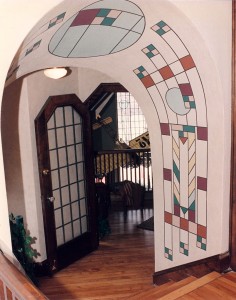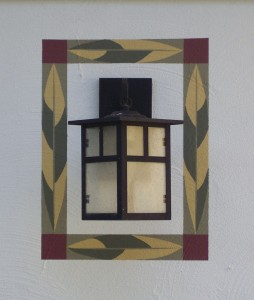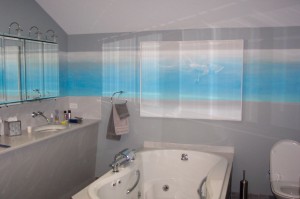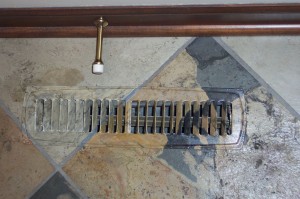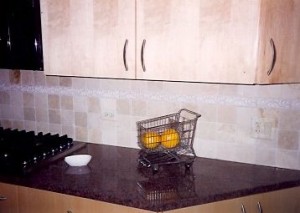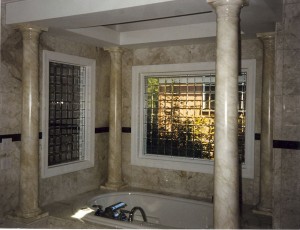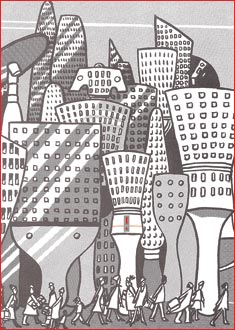Over the years, a few clients have dreamed of converting a closet in their home into a wine cellar, complete with a wine-inspired wall mural, even some seating for comfort and other accessories. We were there to facilitate their dream with our decorative painting and mural painting skills! In this article, we will tell you about the stories behind two such projects.
One of them involved a closet six feet wide by five feet deep. In this space, our client already had 2 wine coolers and a chair. He was looking not just for one, but two wine-inspired murals. During the consultation, we ascertained that he had pictured scenes from a vineyard and a cellar as part of his creation. He also wanted the rest of the walls and ceiling to have the feel of masonry. So, we troweled on a light texture, which we painted and distressed with a color wash. Upon completing the painting, the client brought in the glassware and a throw for the chair. Voila!
Another project involved a larger closet, already outfitted with its own air conditioning and shelving. A few years earlier, those clients had gone on a trip to California to celebrate their anniversary. The highlight of their trip was a sumptuous dinner they had in the cellar of Merryvale Winery in Napa Valley. They wanted to preserve that special memory in a mural for their own cellar. To complete the mood of the room, we created a masonry finish for the rest of the walls. The floor was painted and distressed to give it the look of concrete. The same look was created on the floor of the mural. The entrance door to the closet was a French door, which we grained and distressed to make it look like it had accumulated a lot of patina over the decades. As a hint for what this room was about, we painted vines above the exterior doorway, leading into the interior cellar walls.
A house-painting project as personal as this sometimes calls for equally personal touches. Two years earlier, this client had lost his beloved sixteen-year old Golden Retriever. In discussions with his wife, we decided to surprise him by painting a portrait of his dog walking about in the cellar. Oh, by the way, one of the barrels bears a brass plaque with their family name on it!
Preserving memories and fulfilling dreams for one’s environment is what we do as decorative painters and mural artists in the Chicago area. What dream do you have to beautify and personalize your environment?







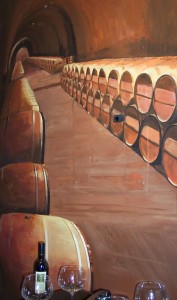
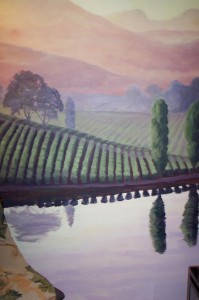

 Follow
Follow

